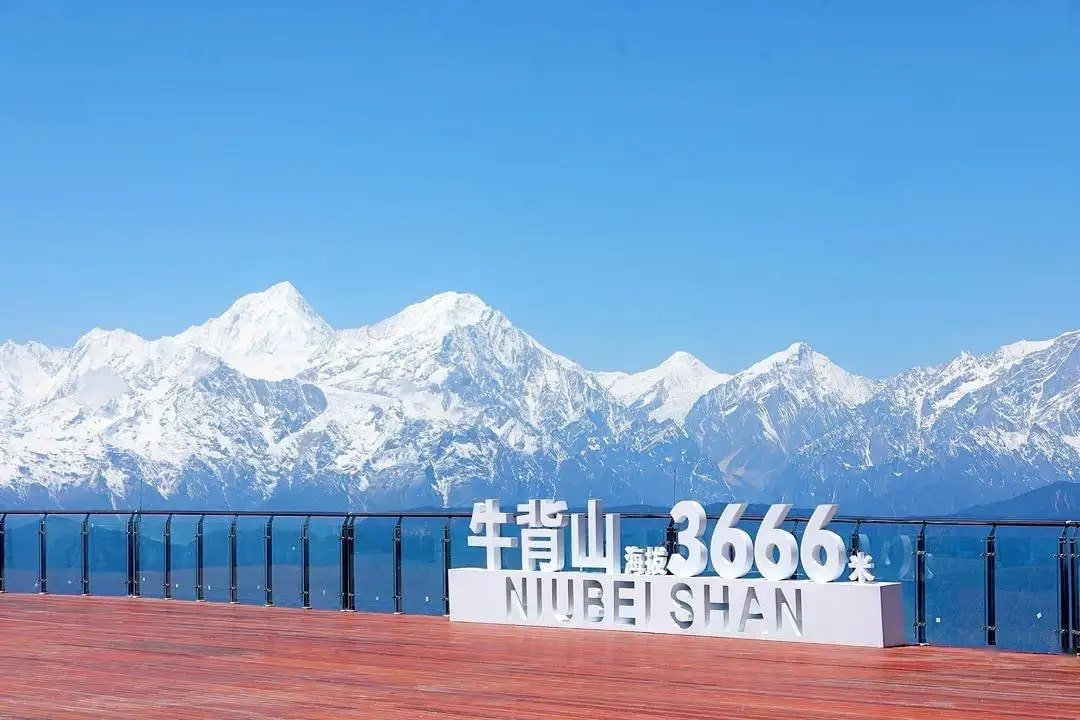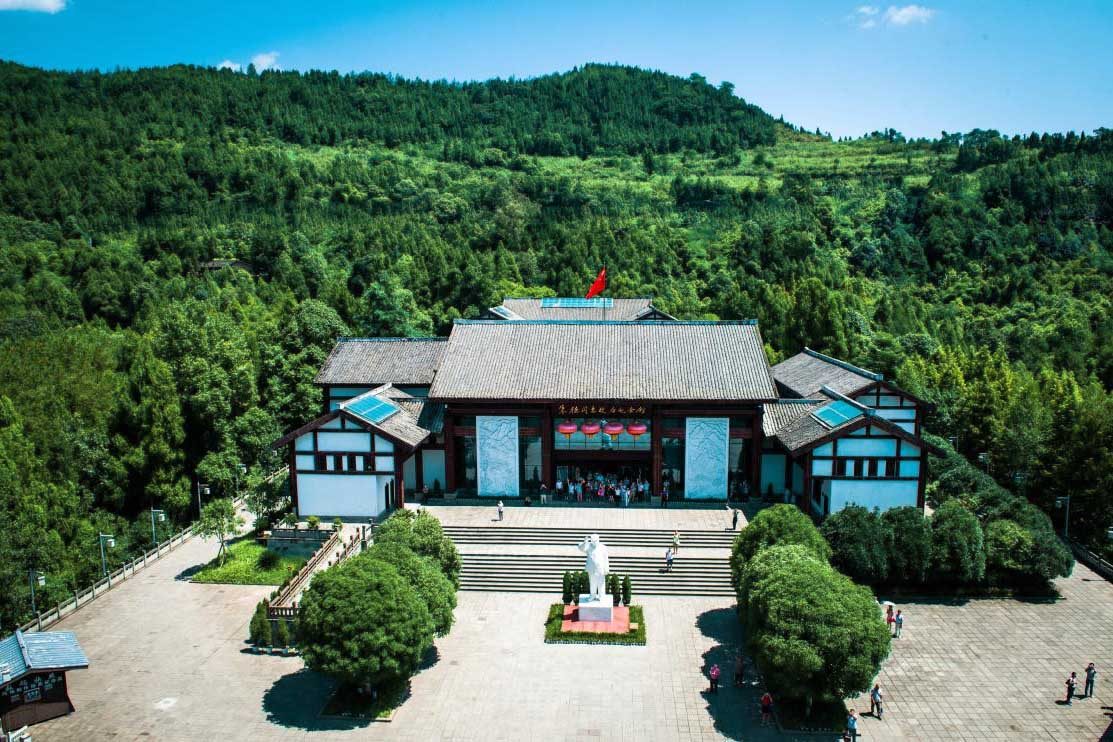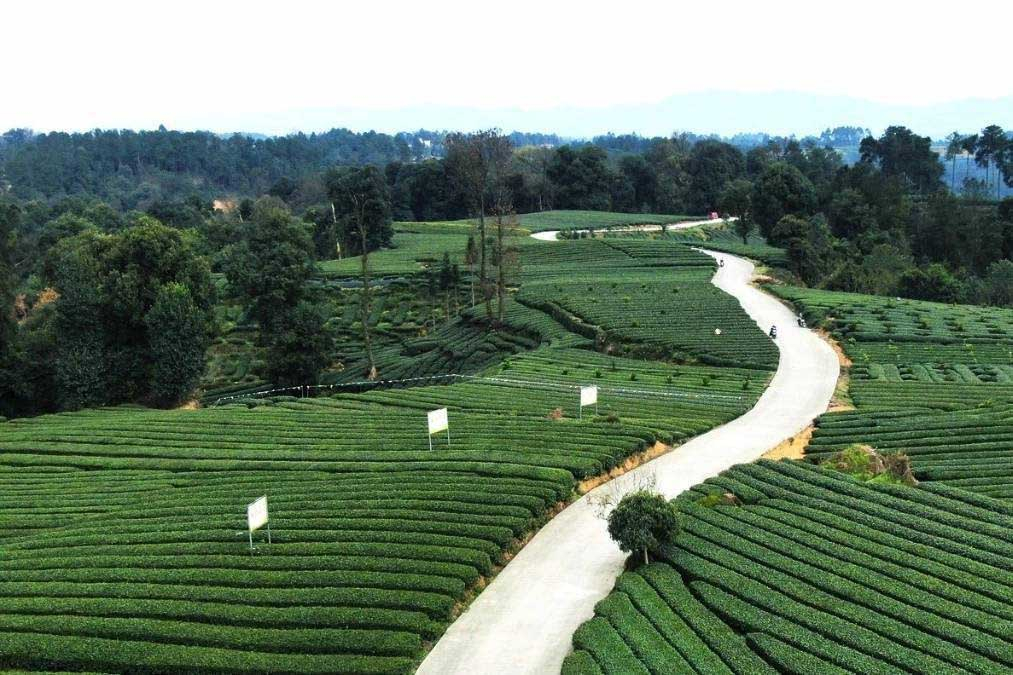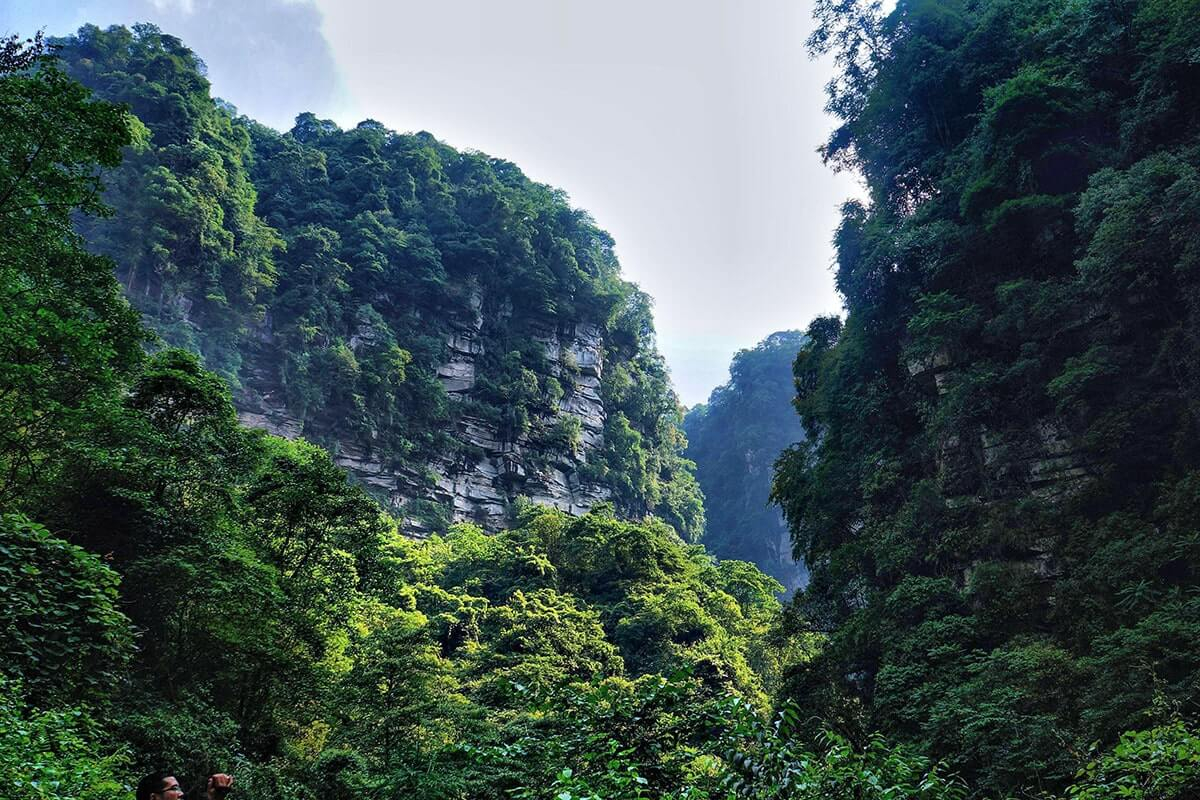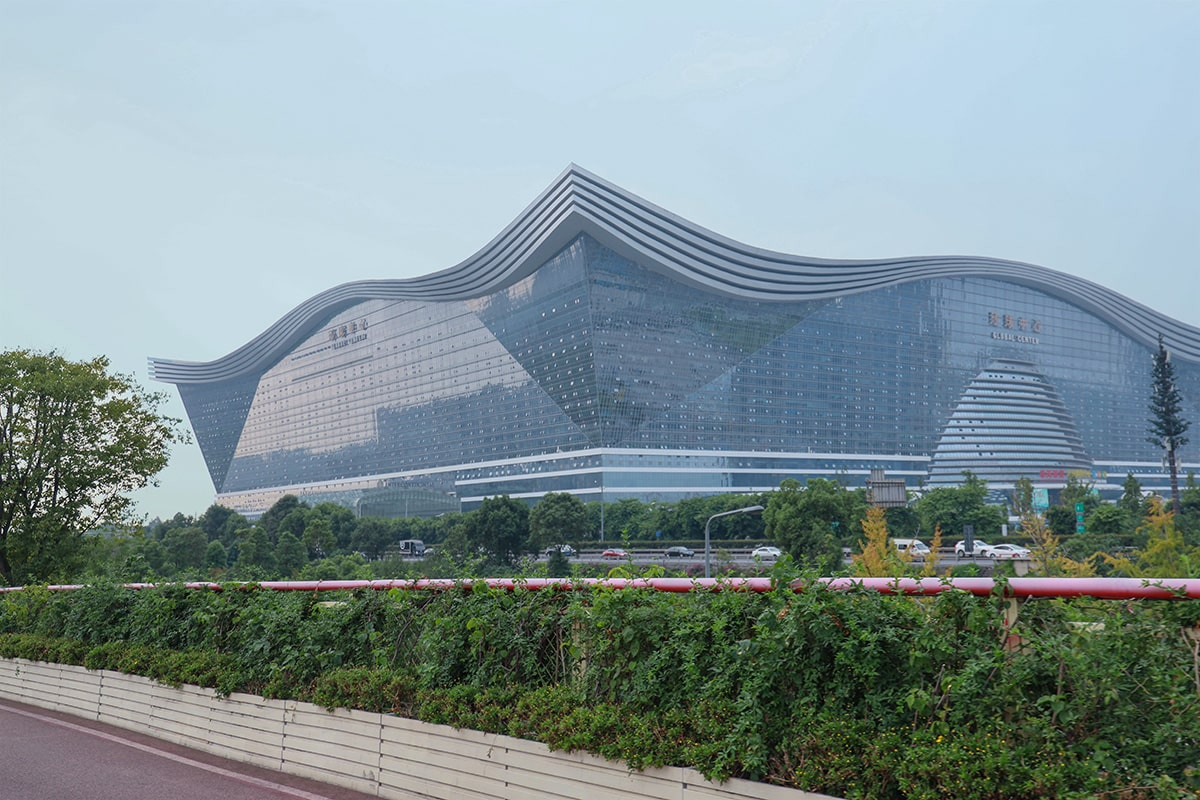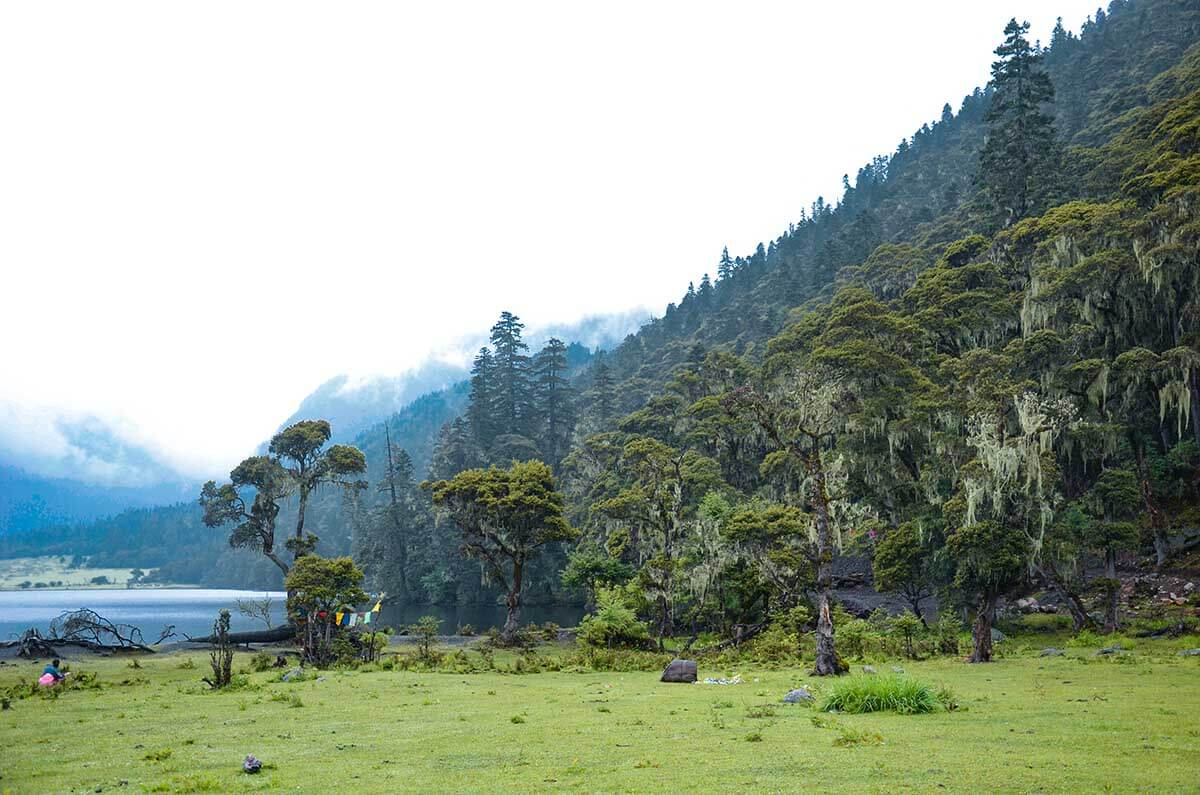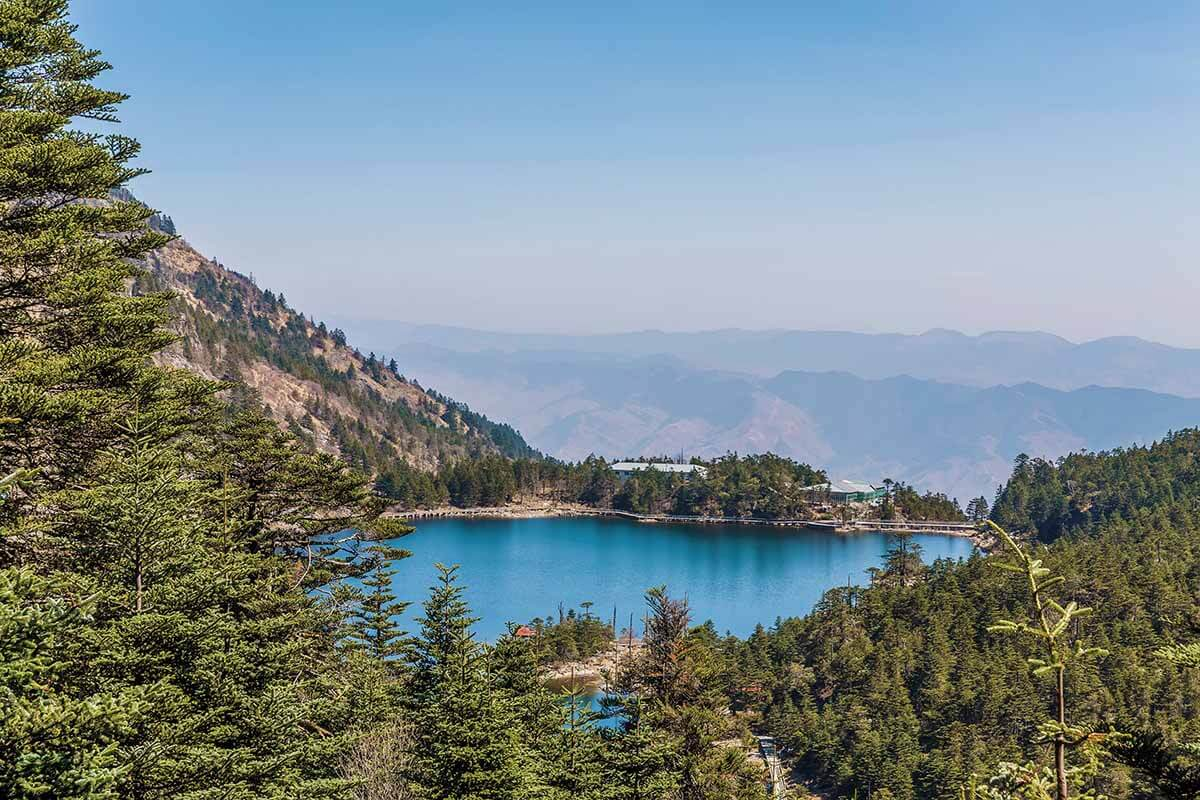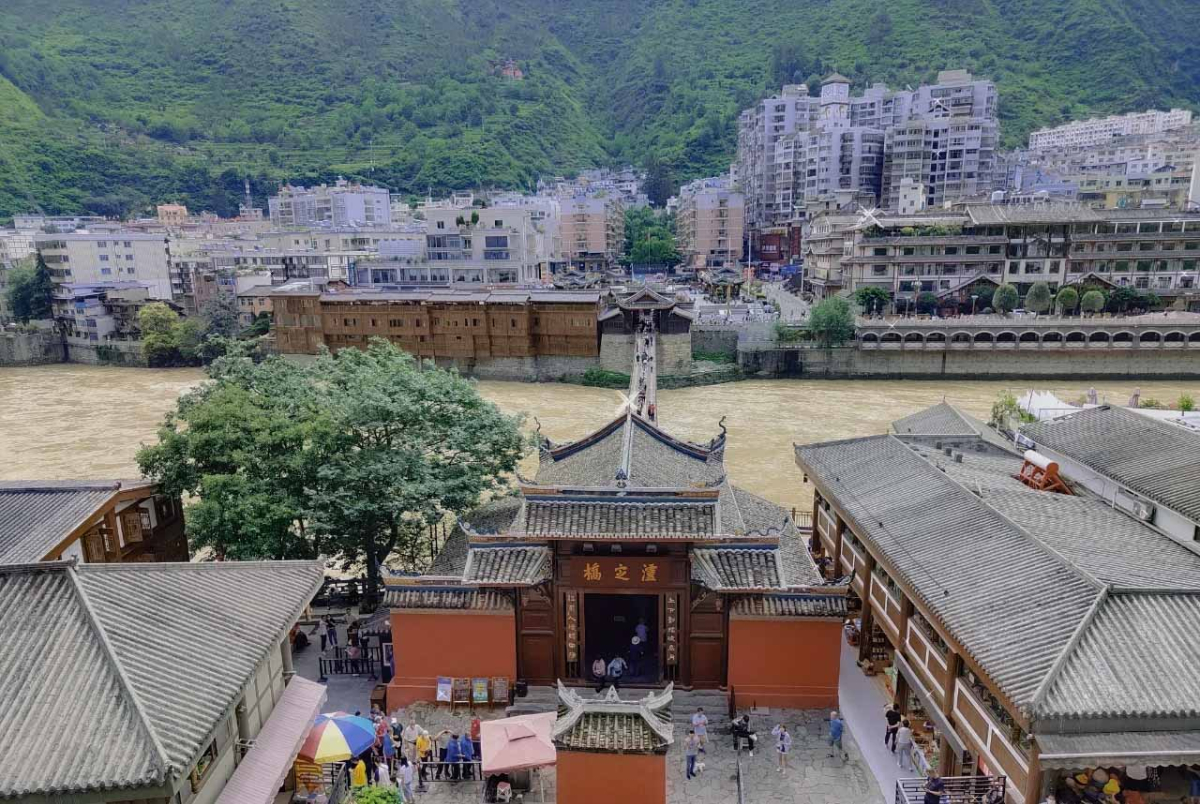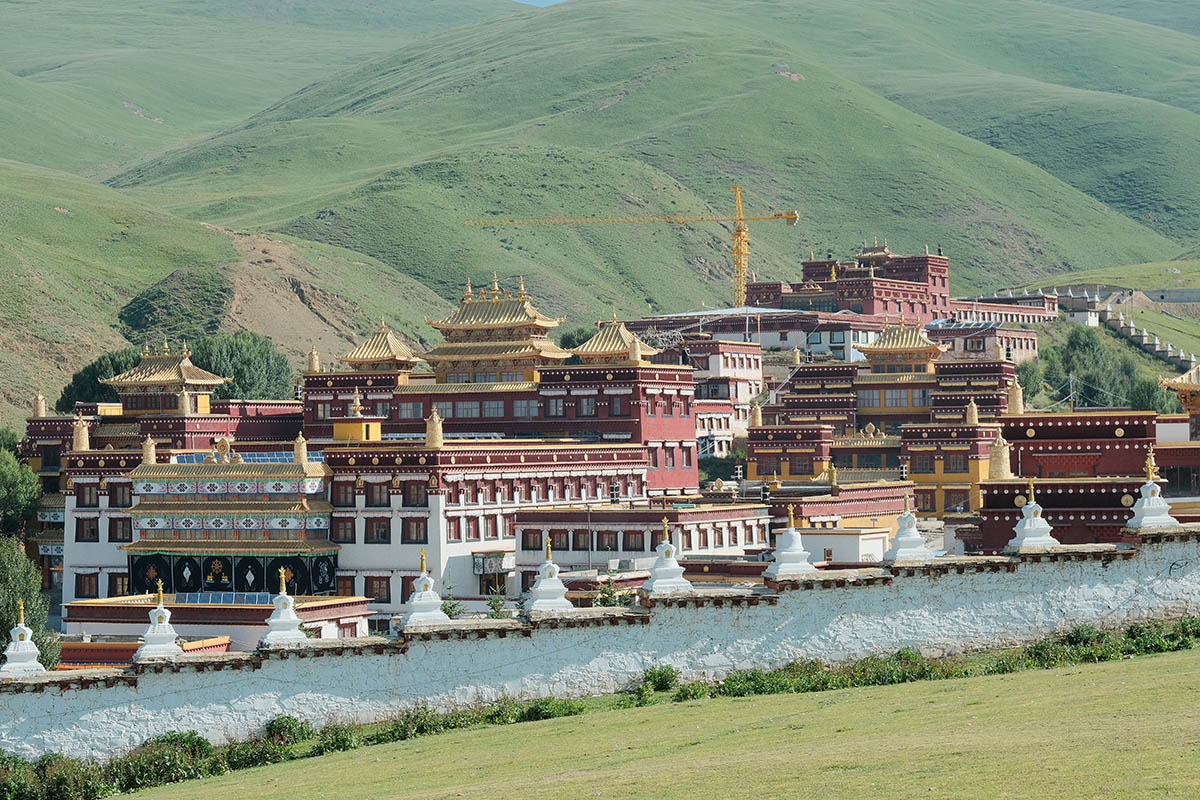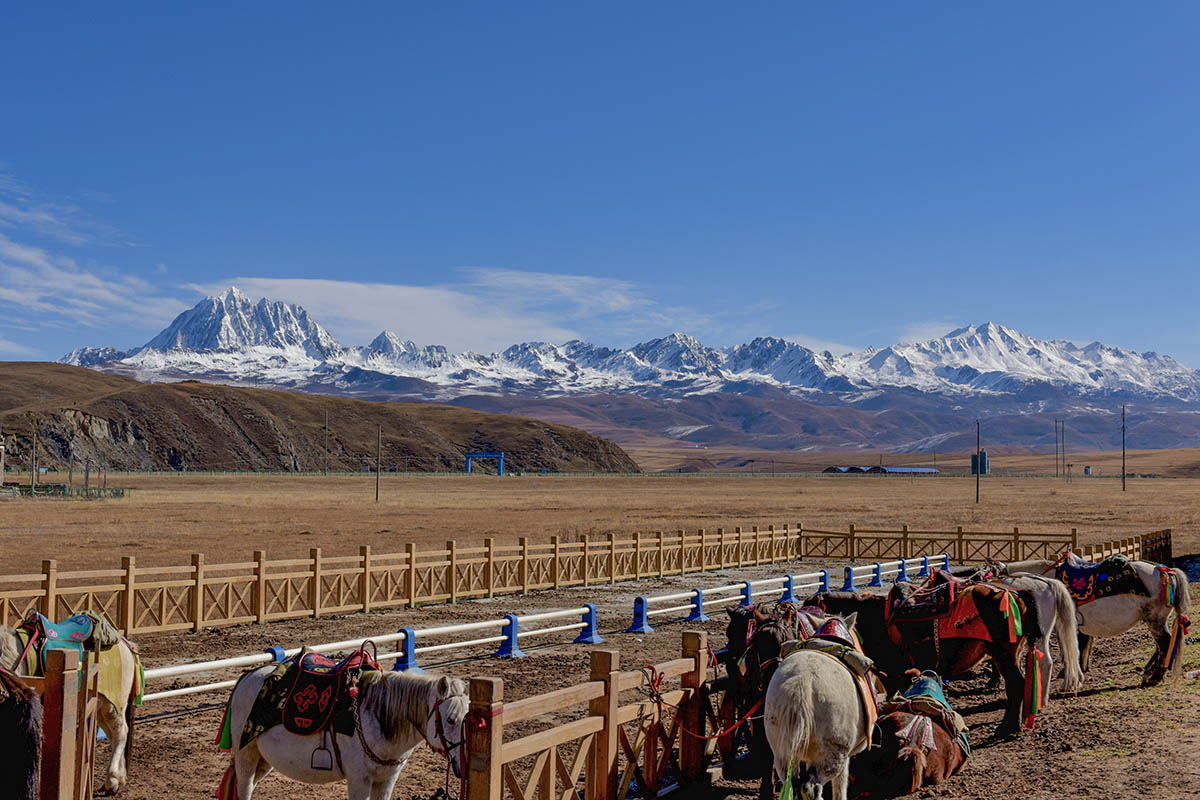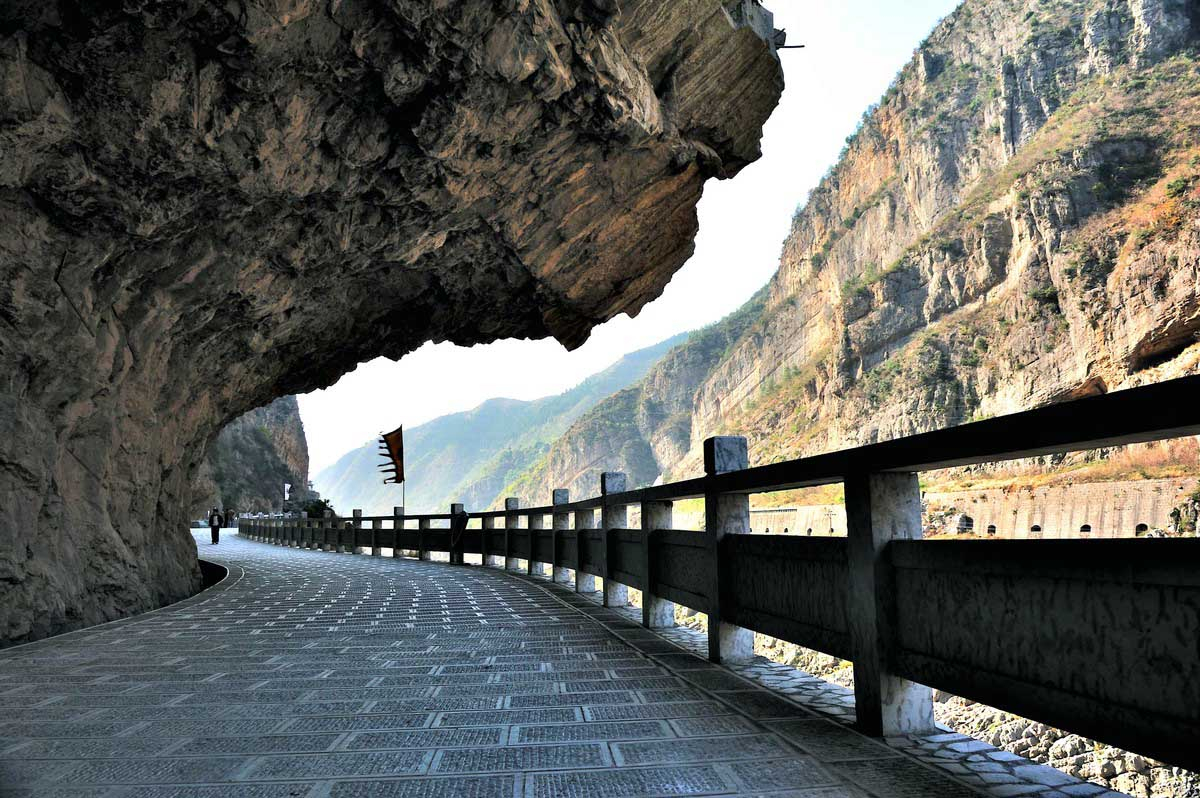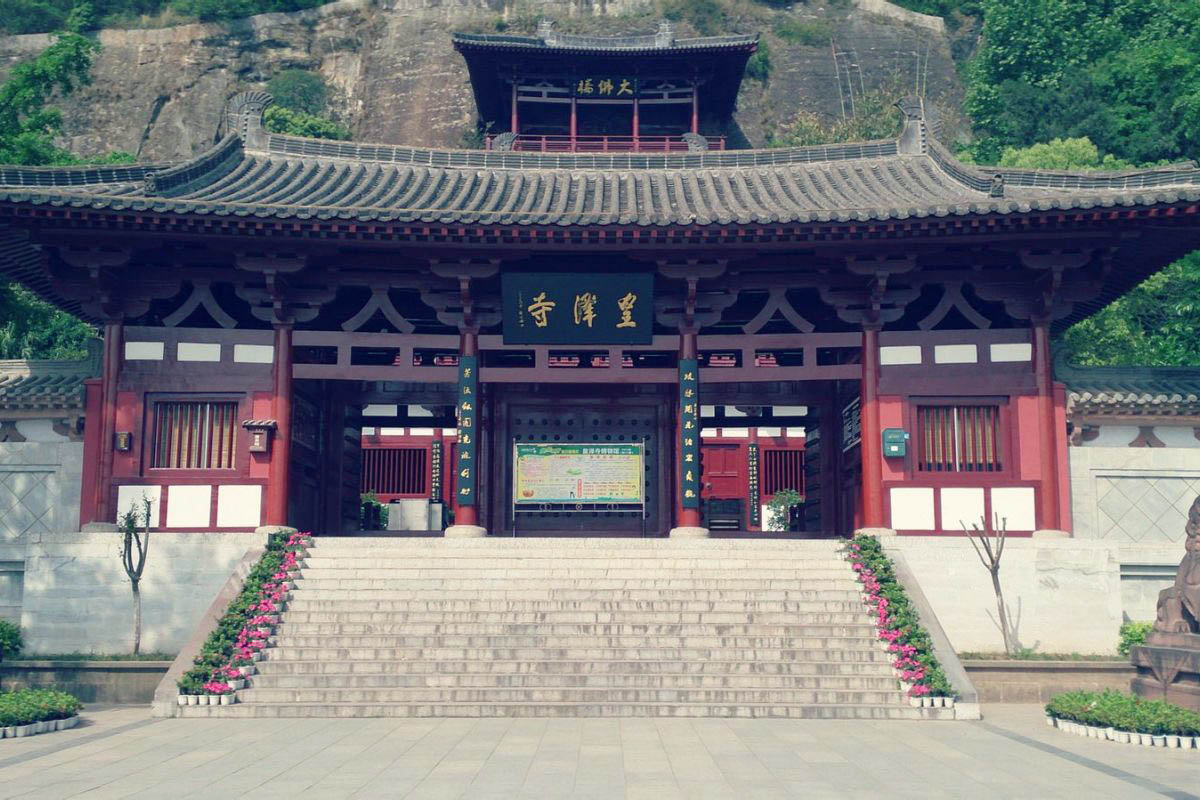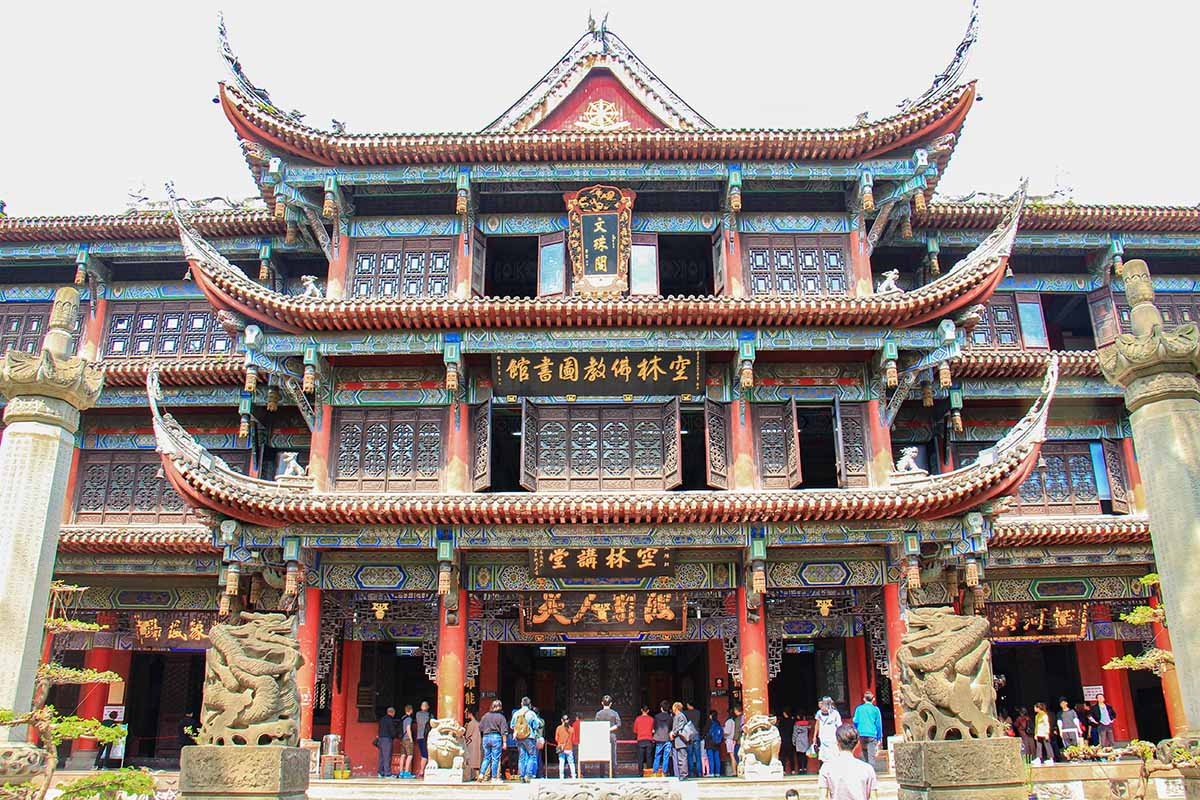China Ancient Qiang Nationality Town
Chinese Name: 中国古羌城 (Zhong Guo Gu Qiang Cheng)
Location: Fengyi Town, Maoxian County, Aba Tibetan and Qiang Autonomous Prefecture, Sichuan Province
Ticket: Entrance ticket CNY60.00
Estimated tour time: 2-3 hours
Recommended time to visit: all year round.
Nearby attractions: Moutuo Qiang Village, Diexi Lake, Songping Valley, Pingtou Qiang Village, Wenchuan Earthquake Site, etc.
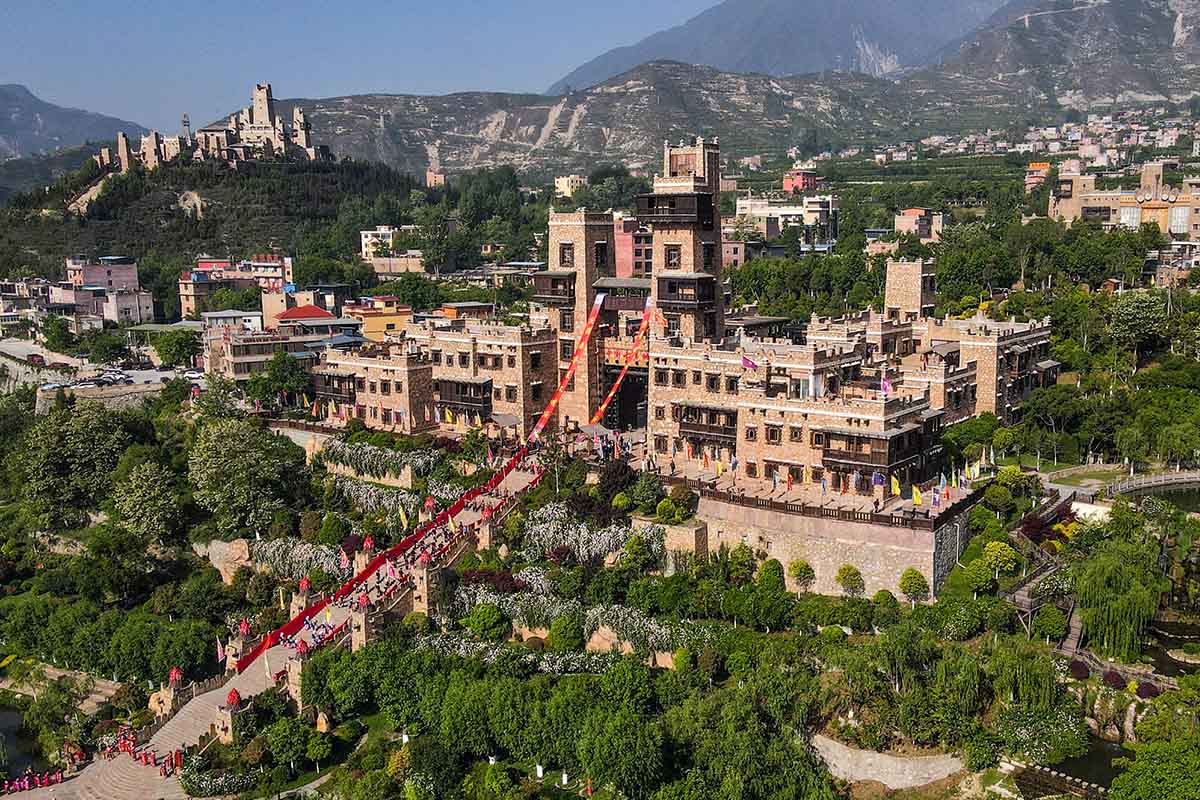
China Ancient Qiang Nationality Town is the core protection area of the Qiang culture and the core settlement area of the Qiang nationality.
Qiang nationality originated from the ancient Qiang, an ancient ethnic nationality in western China. The ancient Qiang had a wide and far-reaching influence on the development of Chinese history and the formation of the Chinese nation. The national language is Qiang language, which belongs to the Tibetan-Burman Qiang language branch of the Sino-Tibetan language family.
The Qiang nationality, who call themselves Erma or Erbaa, are known as the "people on the clouds". They are mainly distributed in Maoxian County, Wenchuan County, Lixian County, Songpan County, Heishui County and other counties of Aba Tibetan and Qiang Autonomous Prefecture, and in Beichuan Qiang Autonomous County of Mianyang City. The others are scattered in Danba County, Ganzi Tibetan Autonomous Prefecture, Pingwu County and Mianyang City in Sichuan Province, Jiangkou County and Shiqian County of Tongren Prefecture in Guizhou Province. Most of the Qiang people live in high mountains or half mountains, and a few live near towns along highways, with Tibetan, Han, Hui(muslim) and other ethnic groups. According to the sixth national census in 2010, the Qiang nationality has a total population of 309,576.
China Ancient Qiang Nationality Town covers an area of more than two million square meters. It's made up of 12 groups and maintains the original architectural style, folk customs and ritual rites of the Qiang nationality, fully reflects the original ecological environment of the Qiang culture and the living characteristics of the Qiang nationality. It is a living display and performance area of the Qiang culture, as well as a cultural leisure and experiential tourism destination in China and even the world.
Severe damage was caused in the 2008 Wenchuan earthquake. In order to restore the original appearance of the ancient town and preserve the traditional culture of the ethnic minority and ancient Qiang culture, the state invested a lot of money to rebuild. In November 2017, it was officially approved as a national 4A level tourist attraction.
● Highlights of China Ancient Qiang Nationality Town
China Qiang Minority Museum
It is the central area to display and inherit the ancient Qiang culture. The museum has a collection of nearly 10,000 precious cultural relics (including 313 national first, second and third grade cultural relics). The museum was opened on June 28, 2012.
Ancient Qiang Castle
It is the core scenic spot of China's Qiang Town Scenic Area, composed of magnificent Qiang buildings, tall and powerful, close to the mountain and river. The gate is more than 20 meters.
Qiang Chief’s Palace
Located in the ancient Qiang town, it concentrates the cultural essence of the Qiang culture, such as architecture, interior furnishings, daily life etc. It serves as a concentrated exhibition area for the upper class of Qiang culture, allowing visitors to experience the upper class of Qiang culture and evoke historical memories.
China Ancient Qiang Nationality Town is about 200 kilometers from Chengdu and 250 kilometers from Jiuzhaigou. It is a spot where you must pass when travel by land from Chengdu to Jiuzhaigou via the west ring road.
- HOTEST
- RECOMMEND
